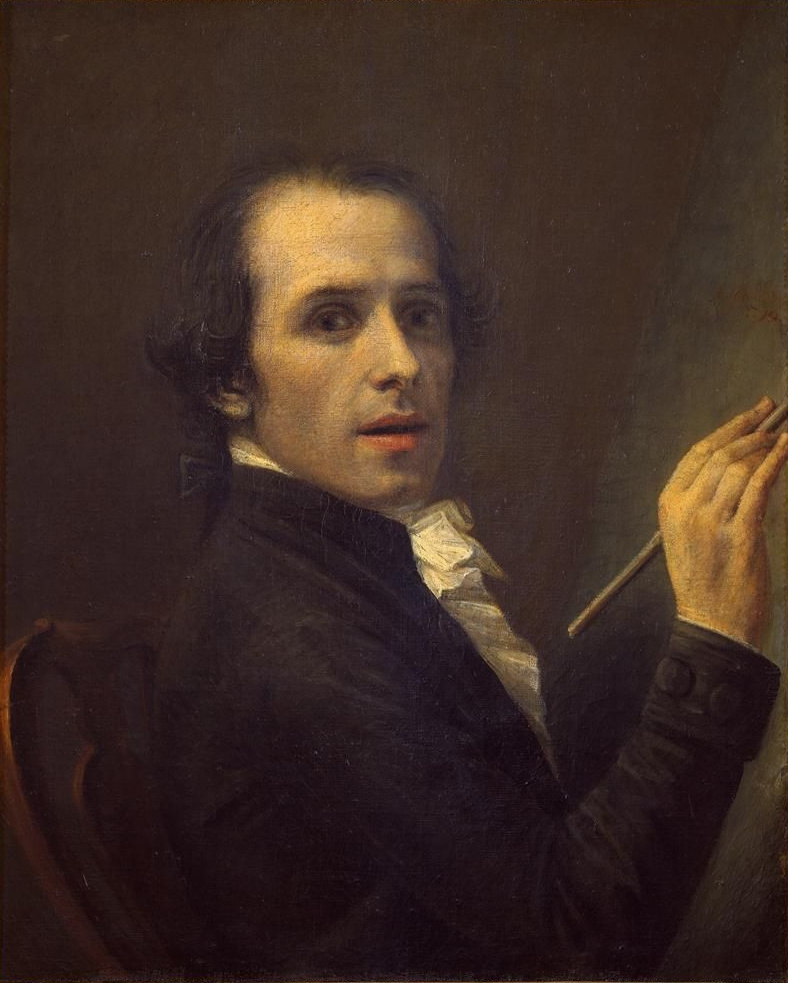 |
| Antonio Canova Self Portrait |
Antonio Canova was born on November 1, 1757 in Possagno, Italy. When he was only three years old, his father passed away and his mother remarried. He was raised by his paternal grandparents who afforded him all of the opportunities he needed to become a brilliant artist. His grandfather was a stonecutter and an able artist himself. From the time Antonio was a young boy, he was taught to draw by his grandfather. At around the age of nine, the two started to work together and the boy soon began showing talent as a sculptor.
The young man’s talent eventually piqued the interest of a man named Giuseppe Faliero. Faliero enabled young Antonio Canova to study under a great sculptor by the name of Torretto when he was thirteen years old. Antonio studied with the artist for about two years and was then taken to Venice to study under Torretto’s nephew. After another year of study, Antonio Canova became an independent artist at the age of sixteen.
He was able to work on his own in a monastery where some monks had given him free space. Antonio worked there for four years while honing his skills and discovering his style. By the time he was 24, he had already developed a reputation in Venice and decided to branch out. He went to Rome in 1780 and began studying the Roman treasures of antique art. Soon after, he was working on the tombs of two popes.
Antonio Canova spent nearly 17 years in Rome off and on before returning to Possagno. He stayed in his hometown and painted for about a year before deciding to travel again. This time he went to Germany and then back to Rome. Later he took sojourns in Florence, Paris and London. During one of his trips to Paris, Canova did some statues and busts of Emperor Napoleon. He also did paintings and statues of his family, the most famous being a painting of his sister, Paulina Bonaparte Borghese.
During his life, Antonio Canova met with great success. He became the premier sculptor in many parts of Europe and had a steady flow of commissions nearly all of his long career. He made a great deal of money and it is said that he spent much of his hard earned wealth in assisting aspiring artists. He died in Venice at the age of 64 on October 13, 1822.
Selected Works by Antonio Canova
Daedalus and Icharus (marble) (1777-79) Museo Correr, Venice
Orpheus and Eurydice (stone) (1775-76) Museo Correr, Venice
Theseus Vanquishing Minotaur (marble) (1781-83) Victioria and Albert Museum, London
Parting of Venus and Adonis (marble) (1804-06) Metropolitan Museum of Art, New York
Cupid and Psyche (marble) (1786-93) Musee du Louvre, Paris
Venus Victrix (marble) (1804-08) Galleria Borghese, Rome
Sources
Antonio Canova, retrieved 8/9/09
No comments:
Post a Comment